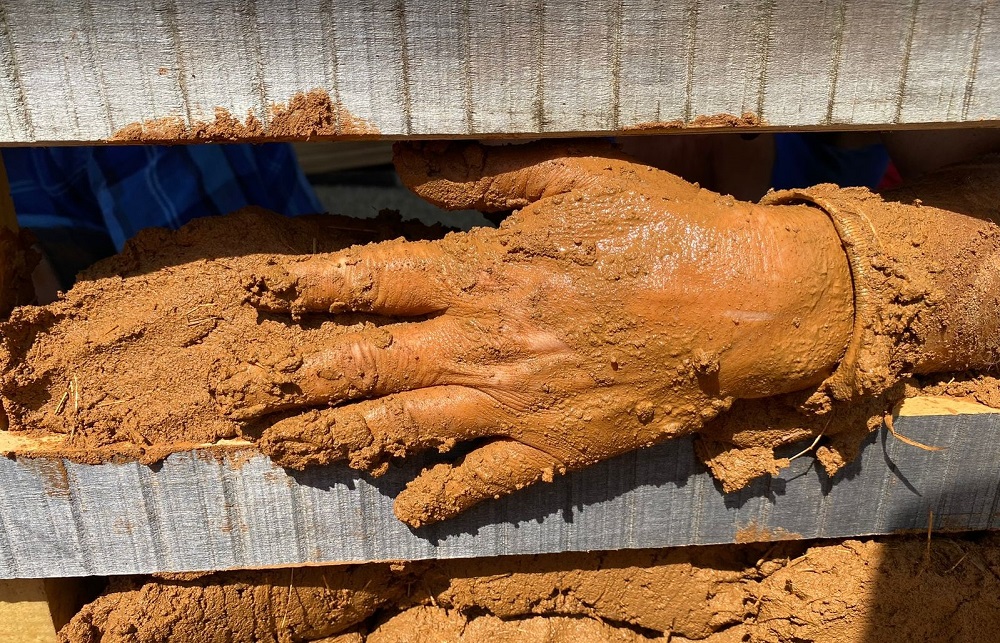For years, bahareque was the symphony of construction in Costa Rica, an ancestral melody inherited from our indigenous ancestors that sang to the rhythm of the earth and the sun. This revered technique was a whisper of simplicity, an act of love and necessity that provided shelter to many, using materials readily available and at low cost. During the colonial era and the early 20th century, bahareque and adobe stood as the guardians of our homes, each with a story woven from clay and straw.
Today, many of these houses still stand, safeguarding a legacy of tradition, stories, and culture within their walls. For decades, bahareque houses have been seen as distant echoes of bygone times, considered architectural relics of an era thought to be left behind. This perception arises partly due to earthquakes and the notion that these materials are simple and outdated. However, earthen construction has reemerged in countries like Argentina, Canada, the United States, and some European nations, where building techniques have evolved to impressive refinement. A brilliant example of this transformation is the headquarters of the renowned tea company Ricola in Switzerland. This architectural masterpiece, designed by the acclaimed Herzog & De Meuron, uses prefabricated rammed earth panels—a rebirth of an ancient technique in modern forms. In this method, wooden or other material formworks are filled with clay, soil, and magra, a particular calcite found in some European regions. This innovative project demonstrates that earthen construction can reach remarkable levels of creativity, far removed from the humble tile-roofed homes that evoke a distant past in cities like Barva de Heredia and Cartago.
In Costa Rica, construction using ancestral techniques like bahareque has begun to resurface, driven by the high cost of modern materials and a growing environmental awareness. Our personal experience with clay has been a journey of challenges and satisfactions. The lack of information led us to experiment, sometimes unsuccessfully, but these attempts taught us to refine our technique. Many people ask: Is bahareque safe during an earthquake? The answer is yes. The walls, built on a load-bearing wooden or bamboo structure, properly braced and reinforced, serve only as enclosures, with the structural load borne by the foundation. Additionally, bamboo laths are used as formwork, helping the clay remain solid and stable.
Bahareque, beyond being an exercise in experimentation, aspires to be a viable construction option—low-cost and with minimal environmental impact. In times when building a house seems like a utopia for many, our goal is to create solutions that address contemporary needs. In a world where many architects seek media recognition, we aim to build inclusive, sincere, and hopeful architecture. Hands to the clay, for the future is built in every gesture of earth and dedication.
